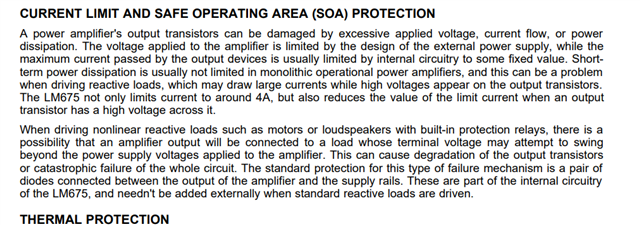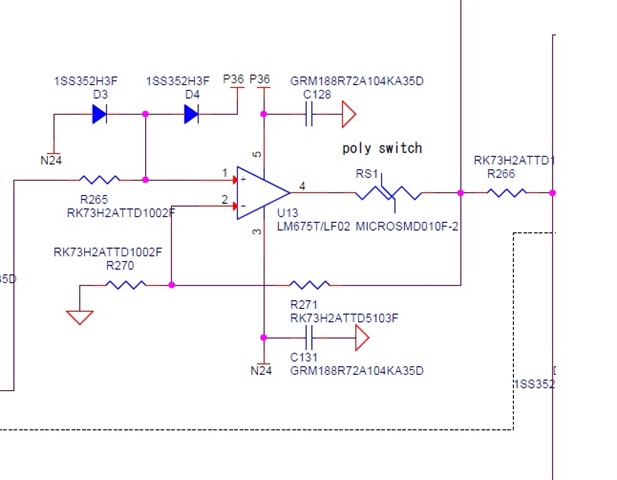Tool/software:
Dear Technical Support Team,
We are currently using the LM675T/LF02 on one of our boards.
Recently, we encountered a failure in which the supply (Vcc to −VEE) became shorted within the LM675T/LF02.
Our initial assumption is that through-current may have occurred between the high-side and low-side transistors in the output stage.
However, while investigating the cause of failure in the driver section, we have not been able to identify any external factors that might have triggered the issue.
For reference, the supply voltages in our application are +33 V and −24 V.
Could you kindly advise what potential causes may lead to such a failure in the LM675T/LF02? Any guidance on possible mechanisms or conditions that could result in this type of short circuit would be greatly appreciated.
Sincerely,



